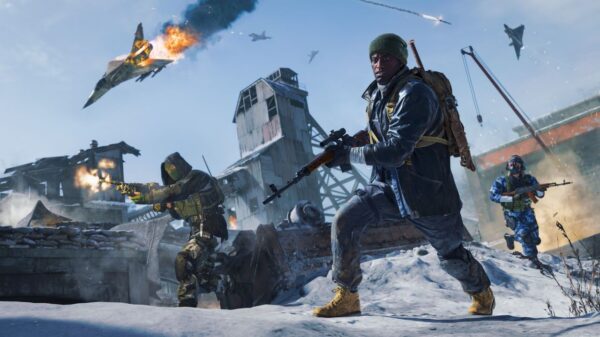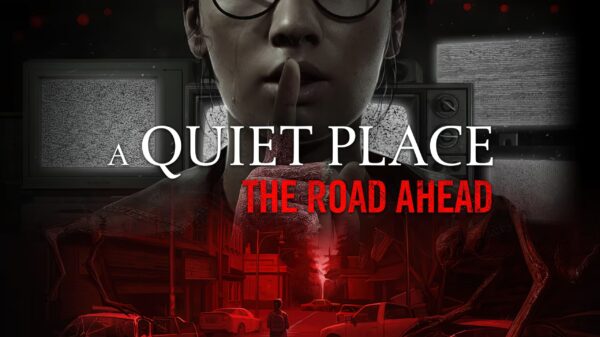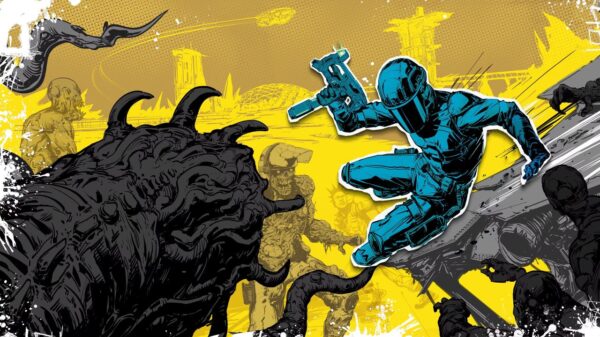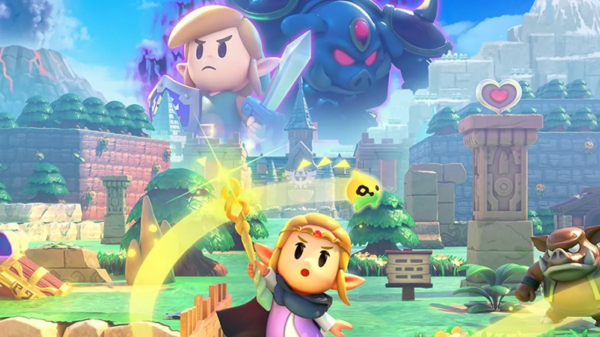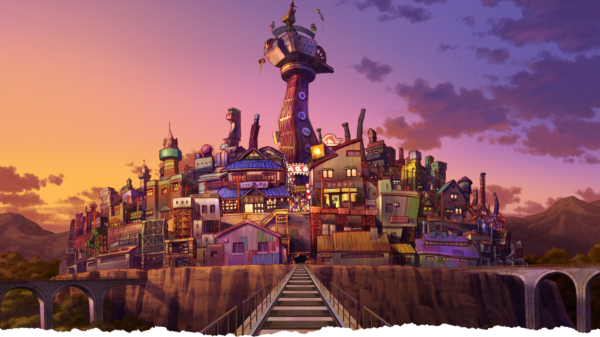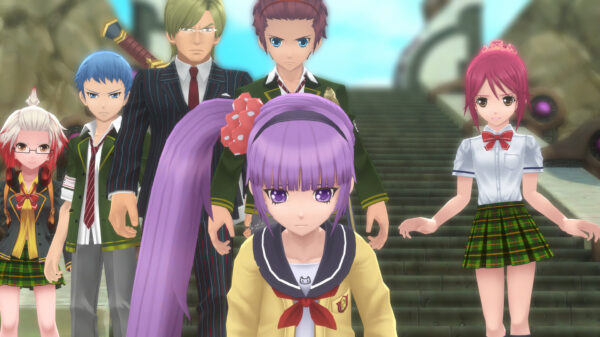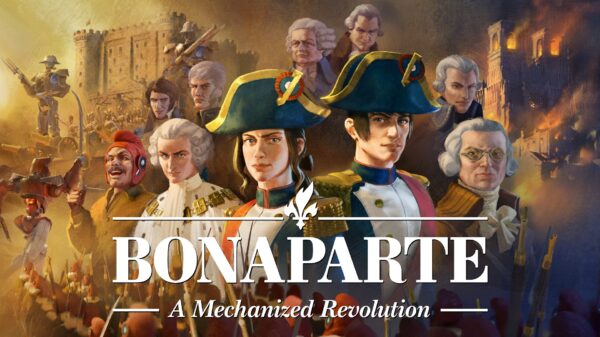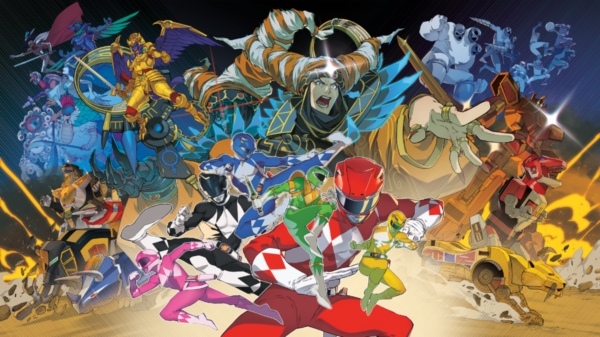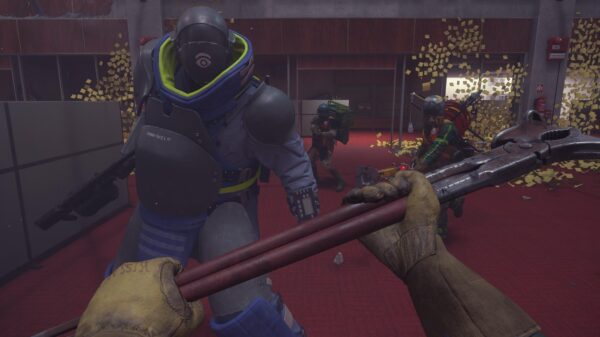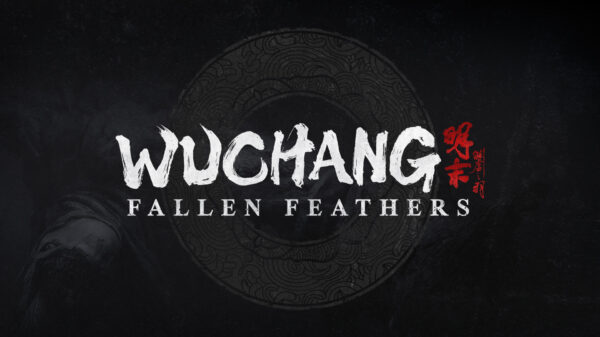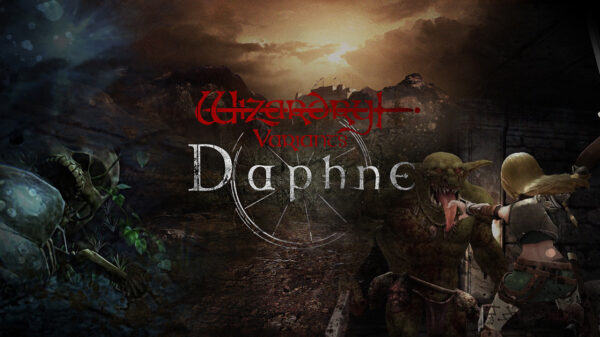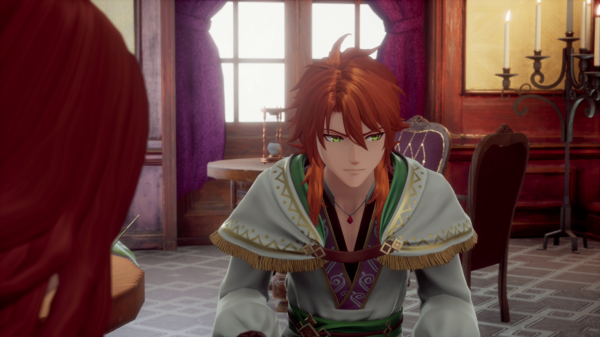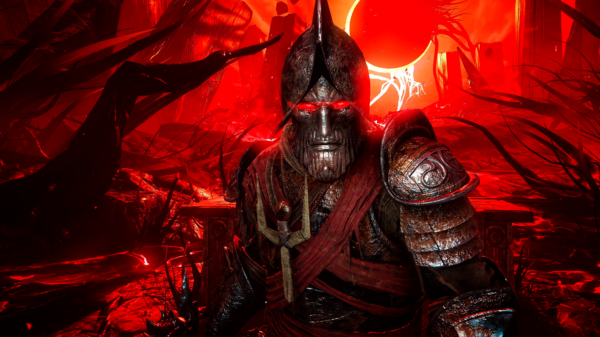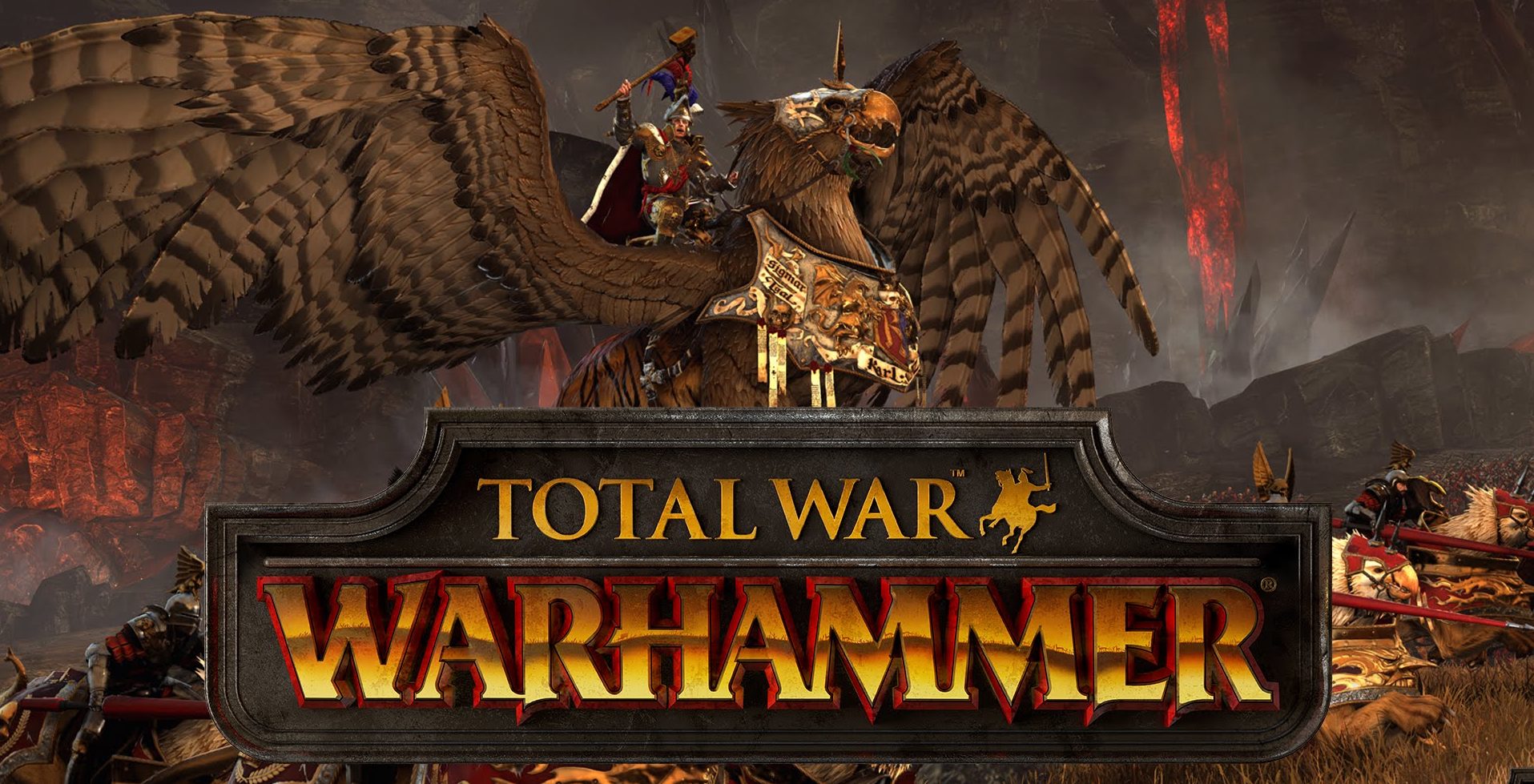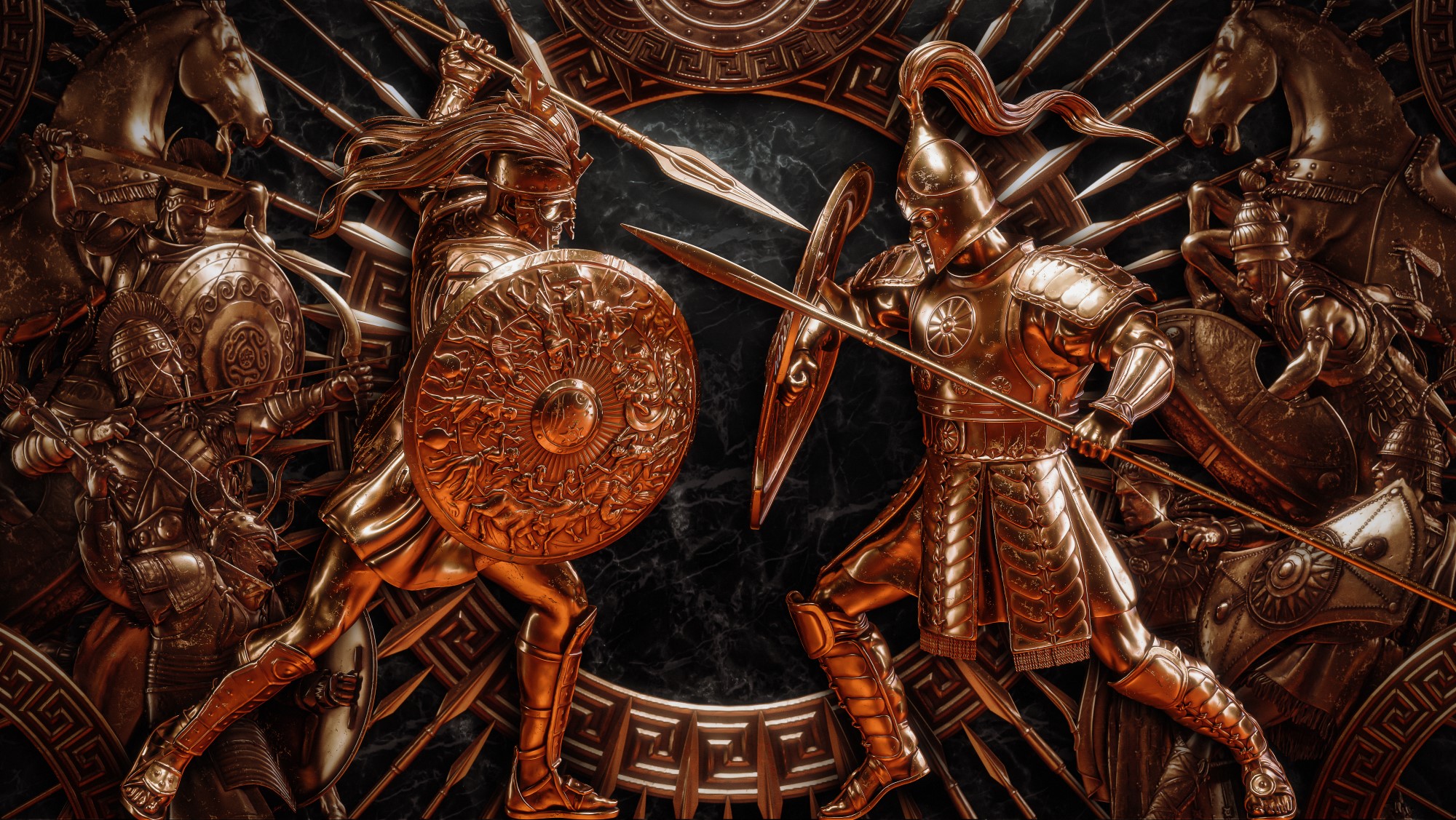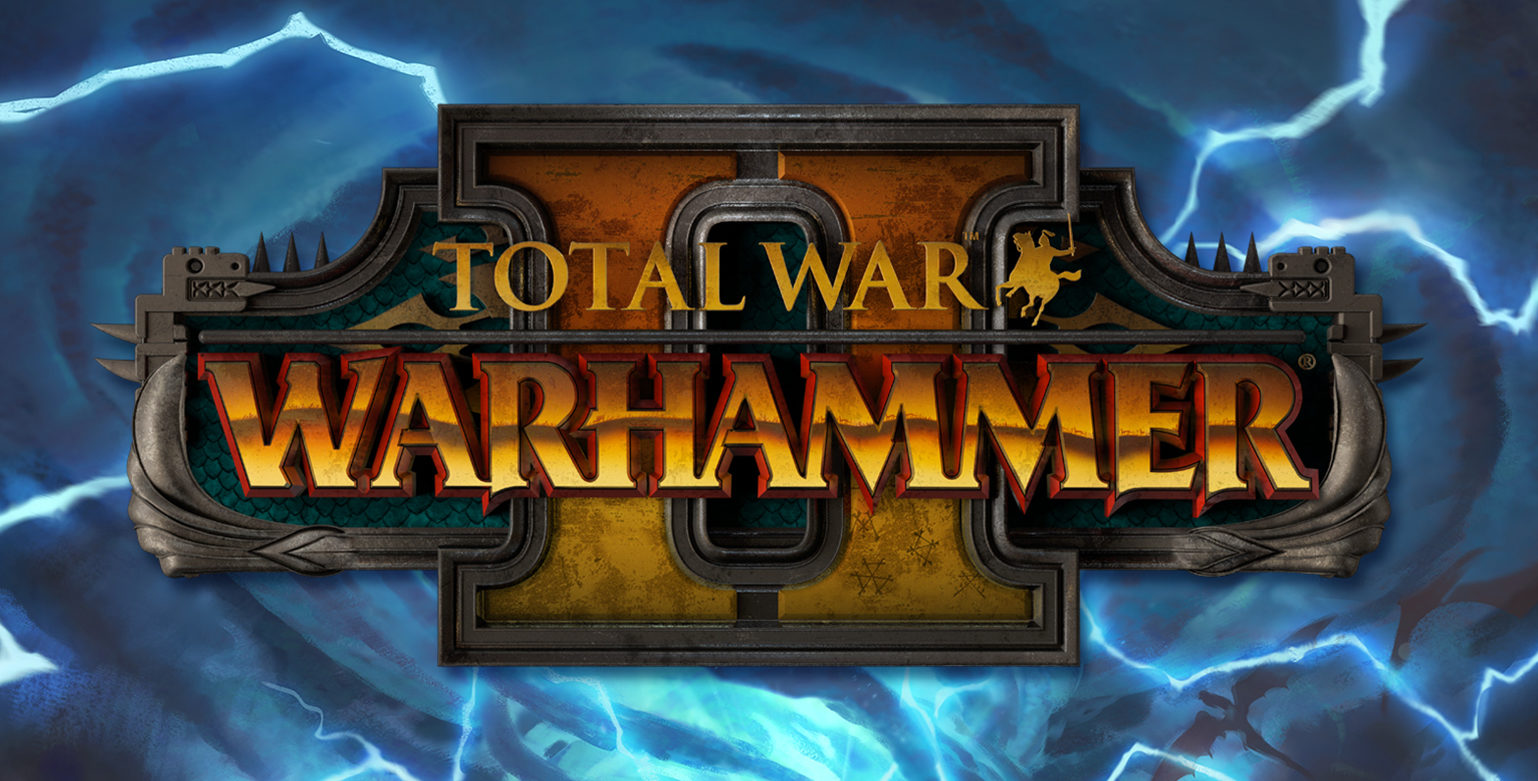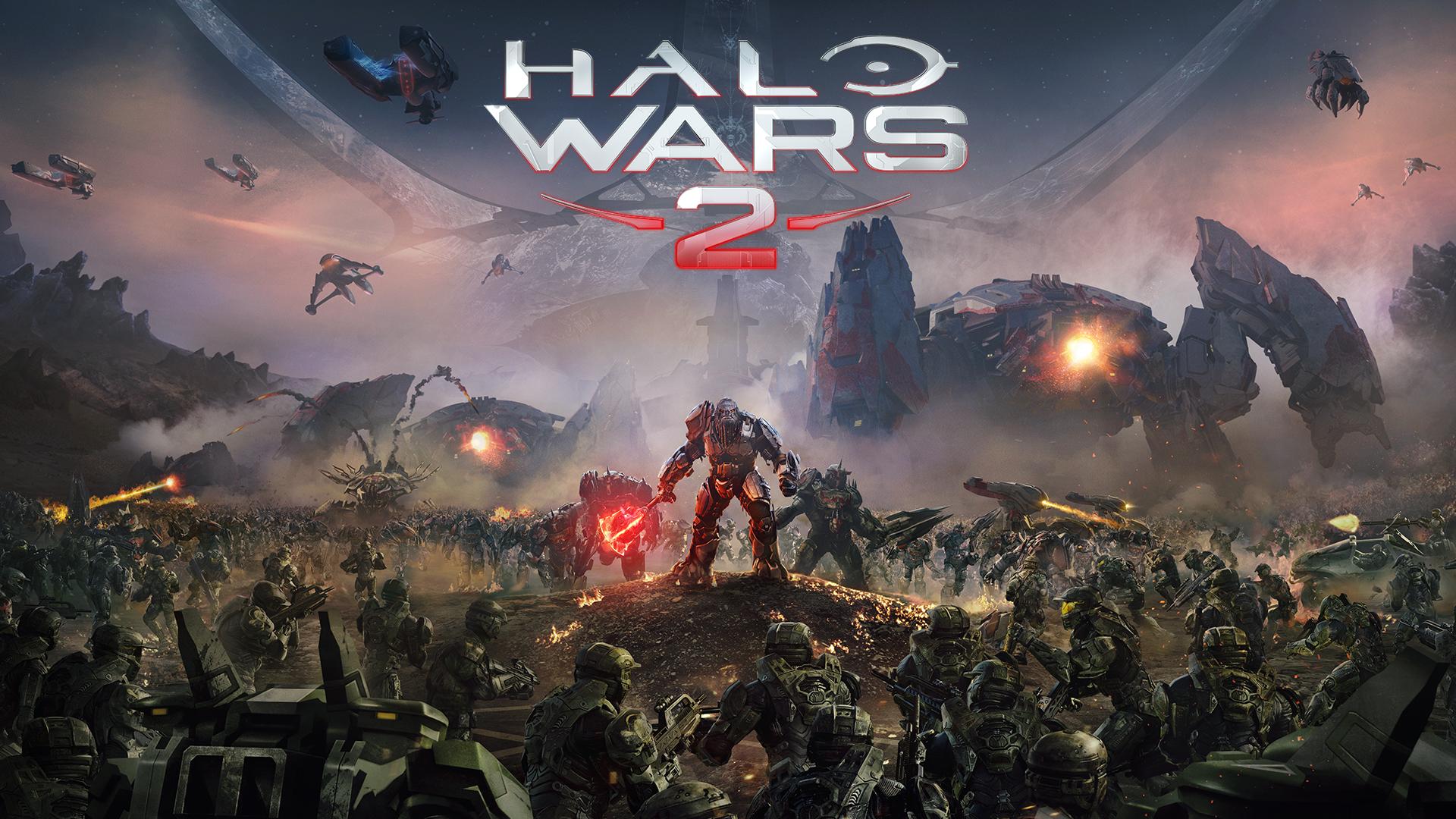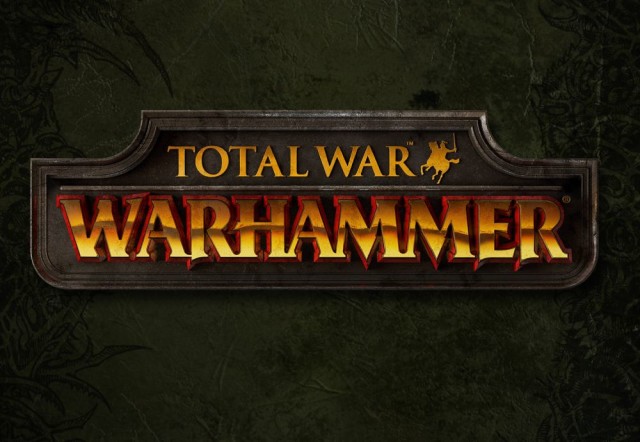Total War: Warhammer is a collaboration between the extremely successful Total War and Warhammer series, and marks Total War’s first entry in a fantasy universe.
Total War: Warhammer
Developer: Creative Assembly
Price: $59.99 ($7.99 for Warriors of Chaos DLC)
MonsterVine was provided a PC code for review.
Reviewed with an i5-4690k, GTX 970 and 16GB RAM.
If you’re largely unfamiliar with the Total War series, much like myself, do not be discouraged. Total War: Warhammer’s wide array of difficulties, guides and tutorials allows players to jump in and quickly learn the game’s mechanics while still presenting an engaging challenge. Despite much of Total War: Warhammer’s marketing being focused on combat, I’d say that the emphasis of this game is more on diplomacy, or at-least empire-building. Almost the entirety of the combat, aside from a tutorial mission or two, can be bypassed by allowing the game to calculate a victor without needing any direct involvement from the player.
Even though combat can be skipped, it still has plenty worth mentioning. The battles in Total War: Warhammer can be massive. Even though play spaces and army sizes feel comparable to other, more traditional RTS games, these can be ramped up significantly with the ability to receive reinforcements from nearby armies or utilizing units with large member counts. The battlefields aren’t particularly varied, but each piece of landscape offers specific advantages or disadvantages. I was able to destroy an army twice my size by ambushing them from higher ground covered in vegetation.
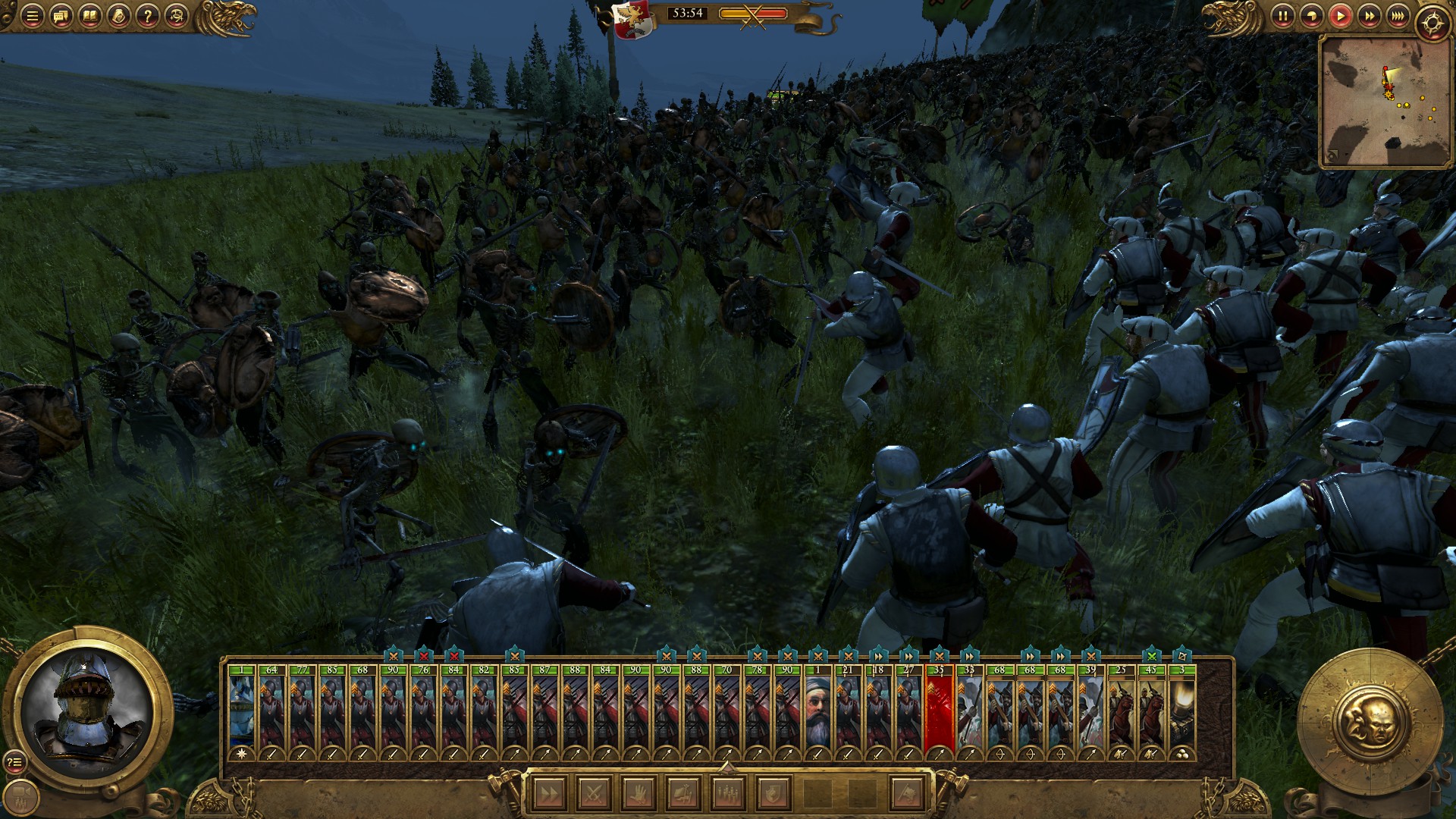
Army composition is incredibly important in successful military action, and my forces were undone more than once by a foe who formulated their army more strategically than I had. Aerial units are hard to take down, especially with melee forces. Ranged units like archers or gunmen have practically zero combat capabilities up-close, and heroes can turn the tide of a battle. Each unit has a morale system attached that can drop depending on the state of the battle or the units individual soldiers. Lose too many men or perform poorly in a fight and your soldiers may take off running in the middle of a fight rather than die for your cause.
While the game is arguably very pretty when zoomed in during a battle, at least for the type of game it is, it is also incredibly intensive. My system dropped from 60 to 30 fps when close-up in a fight on the highest settings, and when up that close it becomes clear that the individual soldier isn’t the smartest. A lot of these features becomes incredibly frustrating or illogical. There were many times when these features were more frustrating than immersive, such as when three or more archer squads wouldn’t even attempt to fight back against half a swordsman unit, or when more than five squads of mine were running away when they had only a single unit left on the battlefield to defeat. And don’t even get me started on fighting aerial units. However, these woes are made easier by just how grandiose the battles can be, the diversity of army composition and effectiveness, and the ability to bypass the need to control a fight at all.
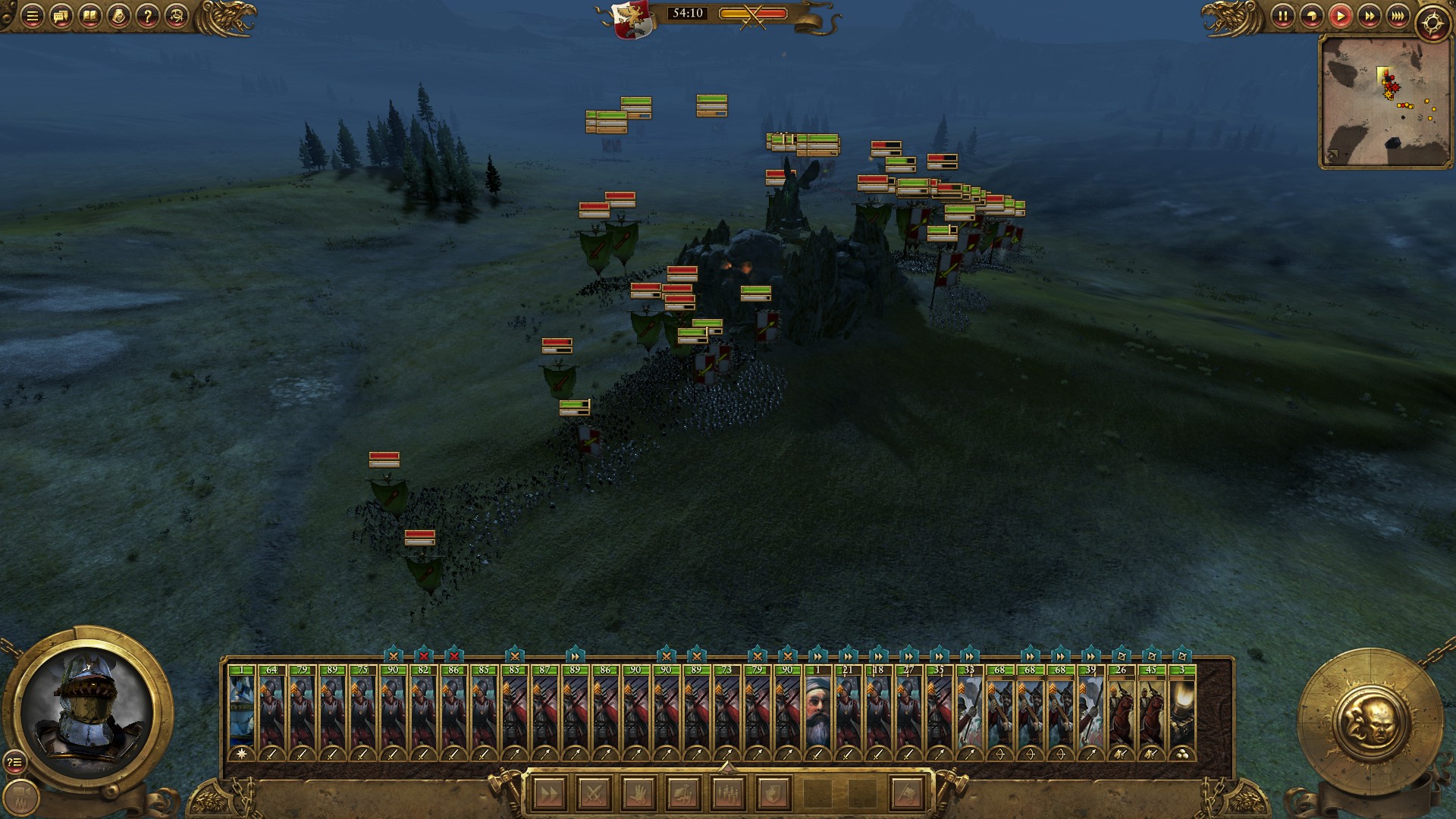
When you’re not fighting you’ll be trying, with varying degrees of success, to manage multiple settlements, armies and relationships. Diplomacy may be the most important action in Total War, and after some time I had most of the free world of men on my side. This system, as opposed to the rather basic economic system, is refreshingly fleshed out. You can give gifts, offer treaties, collaborate in military strategy and more with multiple nations at a time. Factions remember your actions, and many relationships depend on more than one factor.
In the campaign, skirmish and multiplayer modes, the abilities of the player are mostly the same. As the ruler of your faction or empire you must take and control as much land as possible. Each faction has specific end-goals, and there are many ways to get there, but the system effectively boils down to raising money in order to build armies to raze cities. Players can focus on diplomacy, economy or battle, but most players will have to utilize all strategies if they want to be victorious.
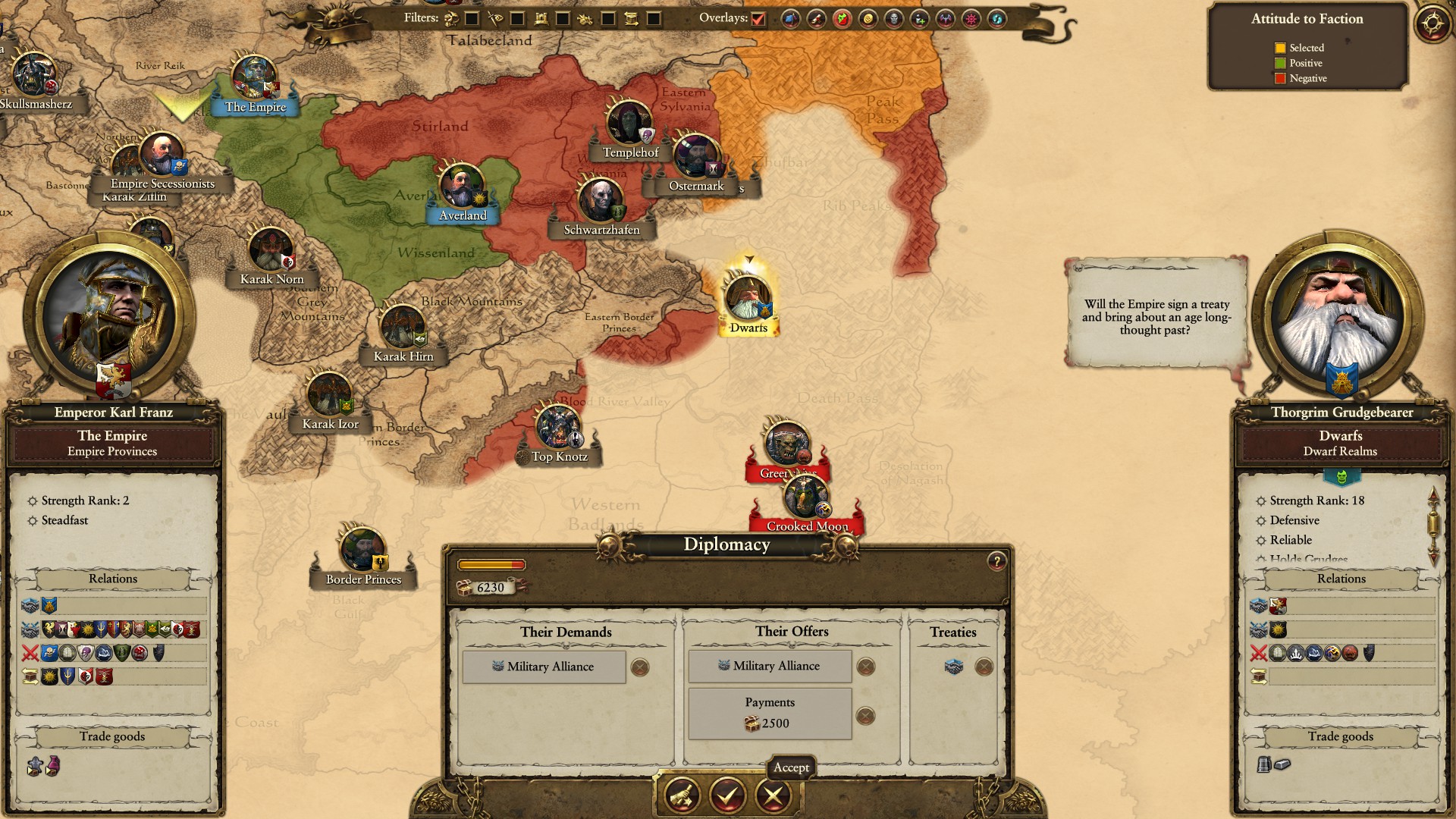
What surprised me the most about Total War: Warhammer was how quickly I became immersed in this fantasy world. Within minutes I had made my own short-term goals, and soon I was role-playing as my own version of The Emperor, greenskin hatred and all. I imagine players will create their own sagas, where random events will have monumental meaning and pull for their universe.
In my “story” as the Emperor, I tried to round up all the splintered human factions around me to rejoin or ally themselves with me against the orcs and the vampires. This goal of mine saw marginal success, I was growing a little bit and when the orcs pushed. I retaliated and gained more land. Then the secessionists took a small amount of territory and generally made my life quite difficult. After some time I removed these pathetic excuses for men from the face of the Earth, and began to unite the Empire with diplomacy, eventually influencing a few different nations to place themselves under my rule.
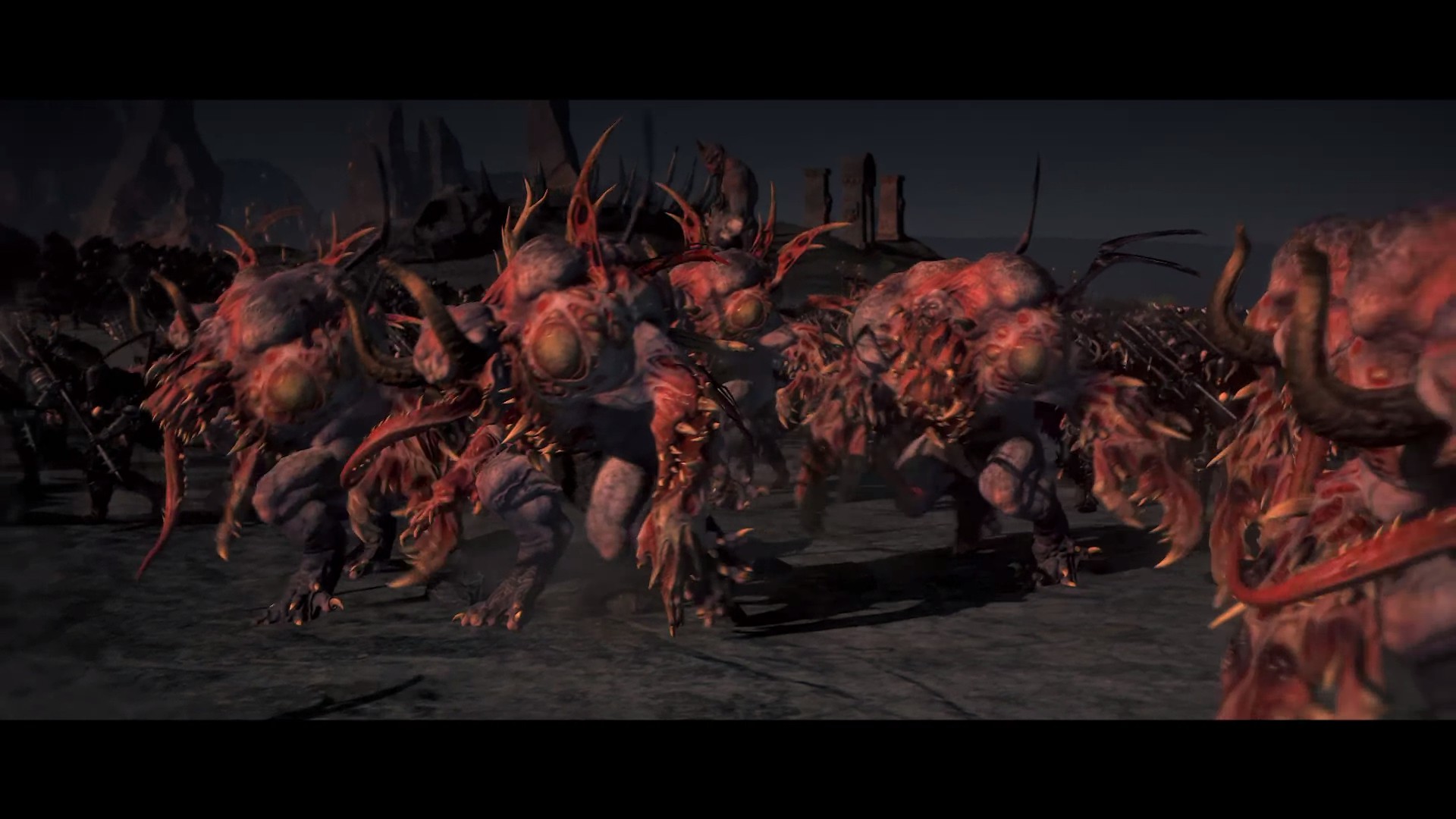
Then the unbelievably terrifying threat of the Warriors of Chaos (aka medieval Chaos Marines) descended on our campaign. This DLC pack is available now for $7.99 after its first week as a freebie, and while day-one DLC is quite annoying and fairly pricey for what may seem like a simple race edition, I can assure you it is quite worth it. The Warriors of Chaos act completely different from every other race or faction in the game. Unlike human and Vampire factions, they do not partake in diplomacy. The Warriors of Chaos do not have splintered factions, nor do they set up bases, cities or strongholds of any kind. They simply are one large, dark mass that destroys everything in its wake, bringing along several armies of insurmountable strength.
While the Warriors of Chaos were making their slow journey down the continent to meet with our more civilized front, I rid the world of greenskins forever and had some important victories against vampires. The Vampires are still around, but we’ve pushed into their lands and they are begging for peace. That’s when they attacked. I mispredicted their movements, and instead of going south through an ambush I had laid comprised of multiple armies, the Warriors of Chaos went southeast to small settlement of mine that lay on the eastern front of my kingdom, where I had just relieved my men of a short campaign against the neighboring undead. These armies, alongside a deployment of dwarves, didn’t stand a chance.
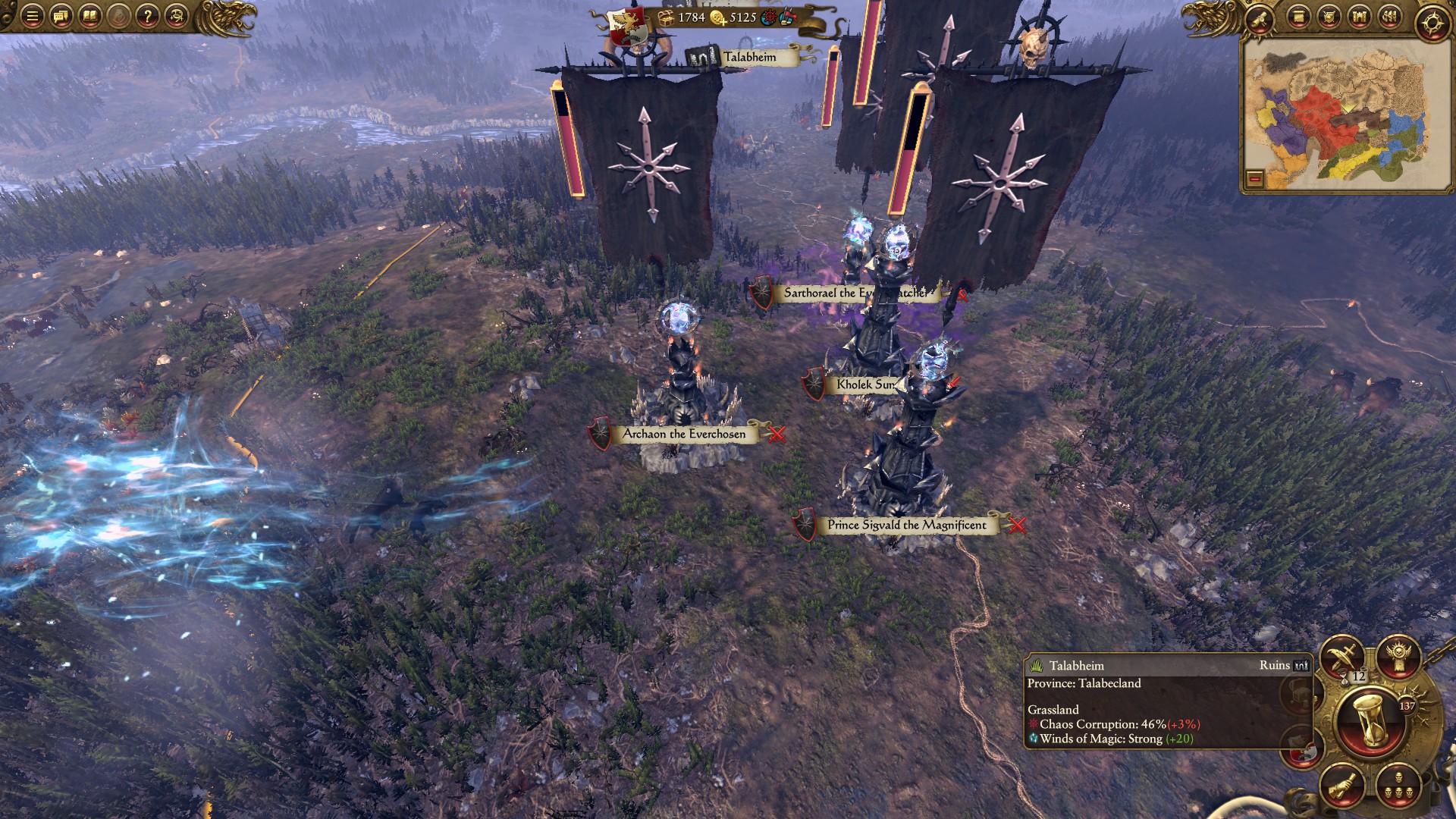
This campaign, after 250 turns in, is just one example of potential games that you might encounter. Total War: Warhammer’s world feels dynamic and I quickly learned that my situation can and will change quite unpredictably. After huge hot streaks, where I would secure huge amounts of land or power, my citizens would rebel, or I’d build up my armies to capacities that I simply could not maintain.
Total War: Warhammer’s size can be both a blessing and a curse. The game is so large that I can’t imagine ever becoming bored with it, at least due to a lack of content, but with this size comes the inability for the practical user to learn everything about this title. After a long time with the game it became clear that there is a high-requirement for patience. Eventually I stopped caring about the little things, skipped almost every battle and turned the option animations off. This may not be an inherently negative trait, but there are still many facets of the game and many high-level units that I haven’t had the chance to experiment with, and I probably never will.
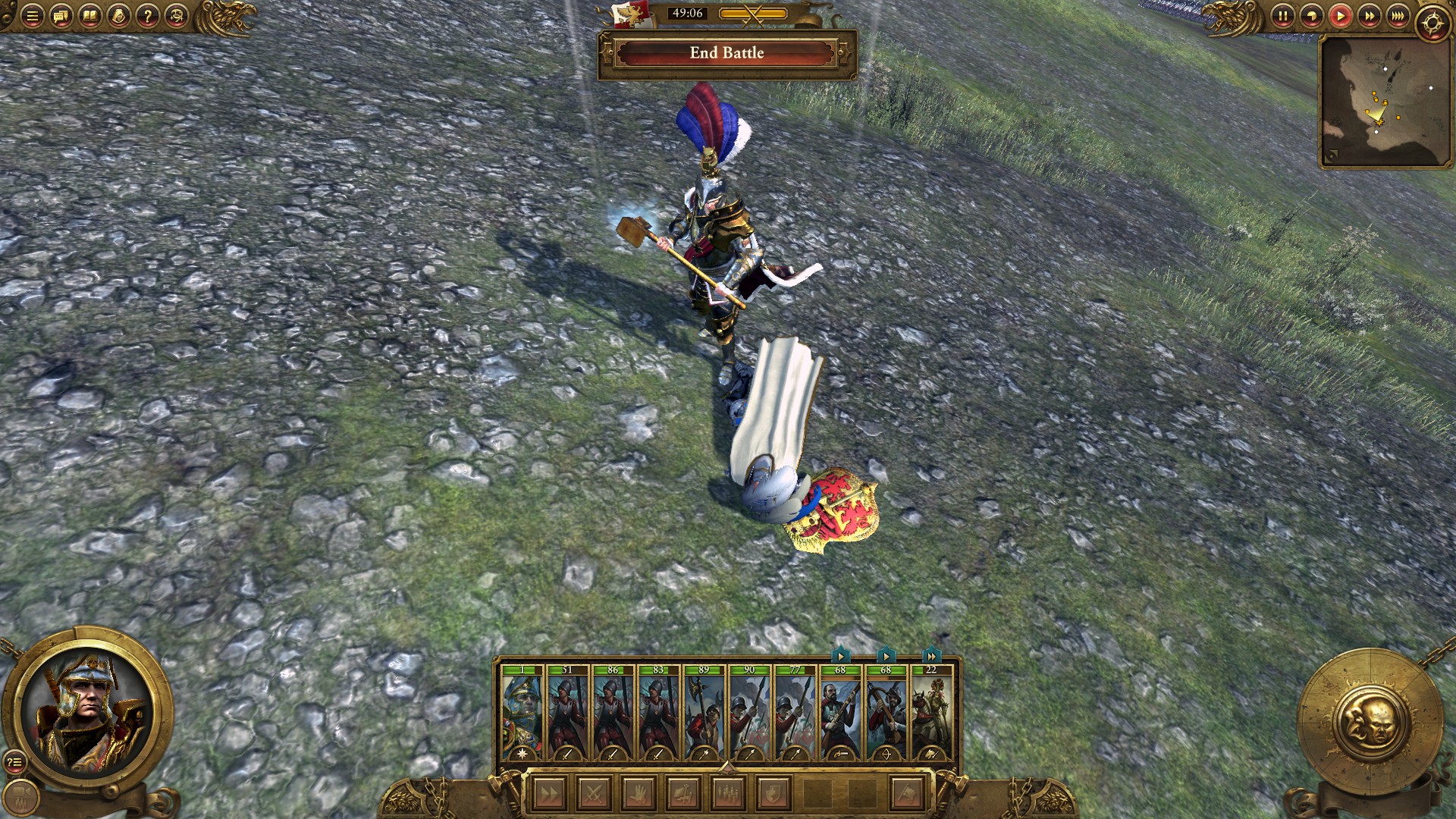
Some of the more complex systems that I did interact with left more to be desired. The chaos and vampire corruption rates, which are essentially two different methods of causing unrest in a territory, still confuse me, and I never did figure out how to eliminate them entirely once they began to affect a city of mine. Heroes are back, and while they can be used in combat, much to the chagrin of fans, they also have abilities that can sabotage armies or settlements but can only be halted by an assassination carried out by a hero of your own. I found this process to be largely unnecessary and quite annoying, as I could find no way of improving the relatively low success-rates of assassinations. And while the ability to tax is all well and good, I really do wish that I could alter the rate of taxation. In its current state, there is only the ability to turn taxation on and off for entire regions, as opposed to individual city control or taxation rates, and the rates of taxation are pretty high, so it’s no wonder that all my citizens are pissed. The build system has more options from what I understand, but settlements are still limited to six buildings or less, and I found myself buying the same three buildings over and over because of just how damn broke I was.
That said, most of what’s there to be seen in Total War: Warhammer should keep you enthralled. As a new player it was easy enough to pick-up while complex enough to keep me entertained with new and delightfully complicated content. From my brief time with previous Total War games, and from what I’ve seen from online videos, this is your classic Total War with new features and updated graphics. Oh, and you can ride Pegasi into battle. It’s freaking cool.
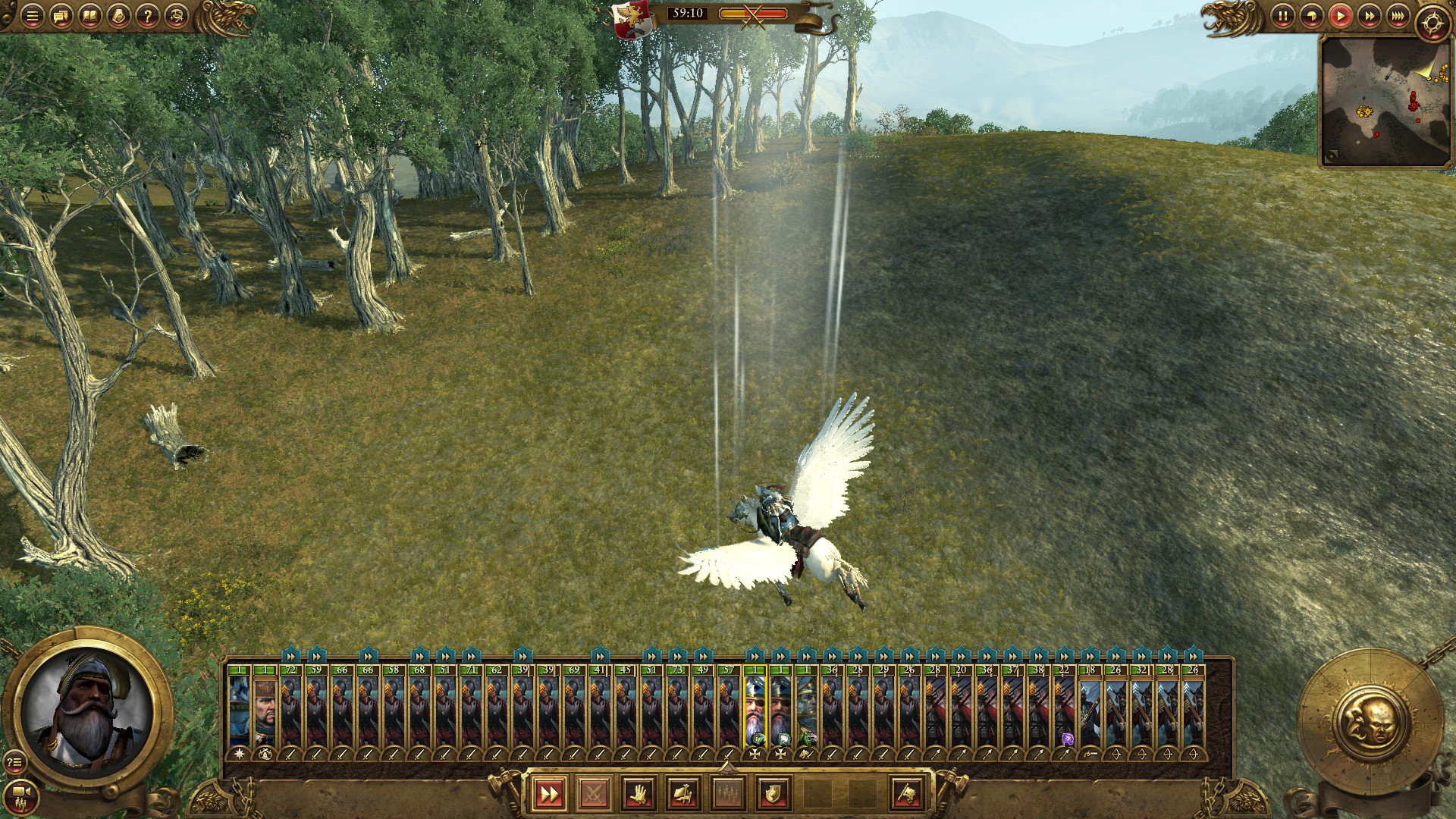
 The Final Word
The Final Word
Total War: Warhammer just feels right in most every way, even if it can get slow or frustrating at times. Despite a few annoying caveats and some performance issues, most of the game’s features are enjoyable, enticing and immersive. The combat is awe-inspiring, even if some moments can defy logic, and the expansive world is ripe for the conquering, assuming you have the patience. If you enjoy any strategy or fantasy games at all, I’d be sure to check this title out.

